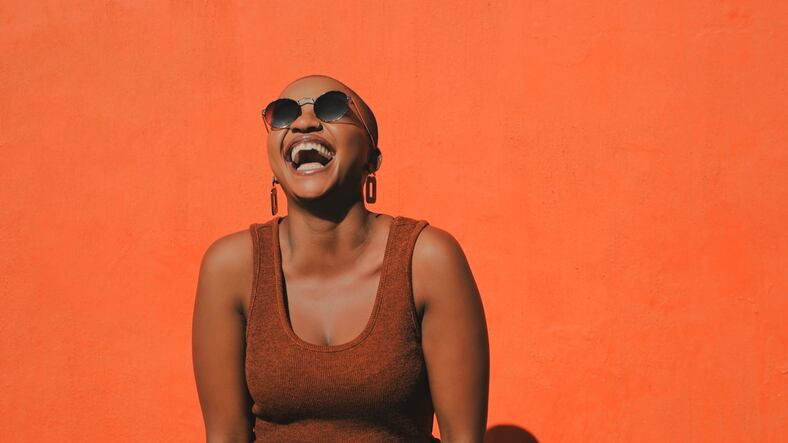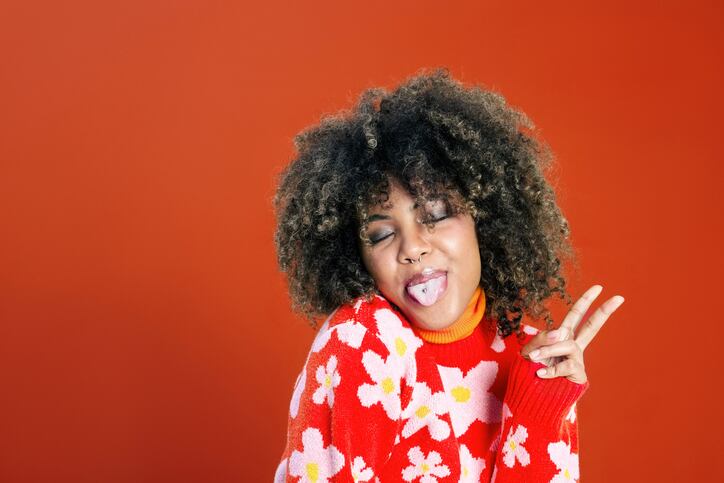McCormack, editor of Beauty Independent and self-labeled beauty & wellness trendspotter, shared her insights on the top trends set to shape the indie beauty scene in 2023 with CosmeticsDesign-USA.
Trend #1 Indie brands closing
One of the “saddest” trends that McCormack had witnessed in the independent beauty industry was the growing number of businesses who were closing their doors for good.
"This started during 2021 and has been happening en masse throughout 2022,” she said.
McCormack cited La Bella Figura, Priya Apotheca, Fluide, Vesca State Of and, most recently, Jiva Apoha as some of the latest casualties.
“Pressure from COVID and supply chain issues was the straw that broke the camel’s back for a lot of brands - they just decided they could no longer do it. Everything is being squeezed and things are taking longer and are more expensive - smaller brands don’t have the cushioning in their supply chains to weather a storm like that,” she said. “Many of them were bootstrapped and hadn’t taken on outside funding so when they hit a big expense they were in trouble.”
…and announcing it publicly
While some brands had disappeared quietly off the scene, McCormack reported that indies were increasingly using social media to share the news of their demise.
“We have seen a lot of indie brands closing and doing it publicly - sending out an email, getting on social chat, making live announcements. I think this is a function of living in such a connected world,” she said.
McCormack said she expected this wave of closures to continue into 2023 as indie brands struggled to make distribution agreements with the major retailers work.
“Distribution for beauty products is bigger than ever. We are seeing chains like CVS, Walmart and Walgreens all taking beauty more seriously and extending their beauty, wellness and personal care ranges to carry more upmarket brands and establish themselves as beauty shopping destinations. But that doesn’t make it any easier for cash-strapped indie brands to reach that level of distribution and be successful,” she said.
“We are seeing a lot of indie brands quietly pulling out of retailers that are no longer working for them. Selfless by Hyram and Jouer Cosmetics have both pulled out of Sephora and we suspect that there are others that aren’t confirmed. There is not a lot left, and what remains is heavily discounted,” she continued.
Major retailers were also eschewing smaller labels in favor of safer mainstream brands, McCormack said. “Retailers are nervous of taking on smaller brands. Even the more niche retailers want to make safer bets on brands that people know, that are more established and are going to stick around.”
Trend #2 It’s a buyer’s market
This trend was also having a knock-on effect on acquisition activity in the indie space, with fewer stories of high-flying brands enjoying beautiful exits and more instances of larger companies scooping up the remains of struggling brands, according to McCormack.
She confided how, prior to Tata Harper being bought by AmorePacific last year, there were “unsubstantiated rumblings” that Harper “could have gotten a lot better terms for the sale a couple of years ago” and “wasn’t selling at the top of the market due to conditions”.
“We may see brands selling that have been around for a while but in many cases, larger companies will be seeing the assets,” she said.
Trend #3 Sexual awakening
But it wasn’t all doom and gloom in the sector and McCormack, who was known for her trailblazing coverage of taboo beauty and wellness topics, said she was “excited” about the evolution of the sexual wellness category.
Ulta, Sephora, Bluemercury and Bloomingdales all launched sexual wellness categories in the past 18 months and last year Target totally revamped its sexual wellness category to encompass more indie brands, she said.
“The destigmatization of sexual wellness has been exciting for me, from lubricants to toys, moving into products for the LGBTQIA community like anal douches. This destigmatization is not just around sex in general - we are really reaching into other communities that have been doubly stigmatized and I think that will continue.”
She identified several distinct platforms that were emerging in this category: “There is pleasure in the sense of play and then there is intimate care, sexual health and what I like to call sensual wellness, which includes products like massage oils. All of it is expanding and is going to continue to grow.”
Whilst native sexual beauty brands like Dame Products and Amoré had founded the category, McCormack noted that body care and skin care brands were starting to home in on the opportunity.
“As sexual wellness becomes more accepted and people are more willing to talk about it, brands are more willing to venture into that category but they will say ‘here is an intimate moisturizer’ rather than ‘here’s an anal lube’.”
Trend #4 Indies take on the giants in OTC
Another trend was the growing number of independent brands in over-the-counter (OTC) - a space that had historically been the Jurassic Park of beauty, McCormack said.
“For a while, we have been seeing indie brands moving into OTC - that is, products that you would usually buy at the pharmacy without a prescription and that contain an active ingredient, such as topical skin or hair care product for skin sensitivity or allergy.”
She said indie brands were bringing “modern sensibility” to this “stale, sleepy category”.
“These are products you would buy from the pharmacy that have looked the same for the last three decades. There is nothing ketchy, cute or stylish about them and in come indie brands that are breathing new life into this area, using clinical ingredients but also cleaning up the formulas.”
She said that, in general, the indie sector had stayed out of OTC because it was an expensive space to play in.
“There is this whole extra cost layer involved in developing a product with any OTC ingredient because of all the testing that is required, but we have recently seen several independent beauty brands moving into this space,” she said.
“Consumers want more substantiated claims and active ingredients with studies behind them, making OTC a very natural evolution for brands on the larger side of indie who can afford to develop these products.”
She cited The Honey Pot Company and Josie Maran as two examples. “A brand like The Honey Pot Company is independent but it is a large indie brand. We are not going to see this from the small super niche brands. It is a certain size of indie brand that is able to access this space.”
And with clean beauty currently under fire, she predicted this trend would continue. “This is a way for consumers to have products that are the real deal; that they know are going to work.”
Trend #5 Brands go cool on CBD
With cannabidiol (CBD) still lingering in a regulatory limbo, McCormack said indie brands were deserting concepts based on the compound.
“A lot of companies are still using CBD, but they are not centering their whole brand around it, while others are going CBD-free,” she said.
She gave the example of Sagely Naturals - a CBD skincare brand that had just developed its first non-CBD line.
“Brands that are centered around a CBD positioning are encountering a ton of issues, which is why companies are looking to other cannabinoids that are not as regulated. Everyone knows CBD - it is watched - whereas there are other lesser known cannabinoids such as CBG [cannabigerol] and CBN [cannabinol] that are as effective for anxiety and sleep. Brands are turning to those because it is a lot easier to talk about them without getting flagged,” said McCormack.




